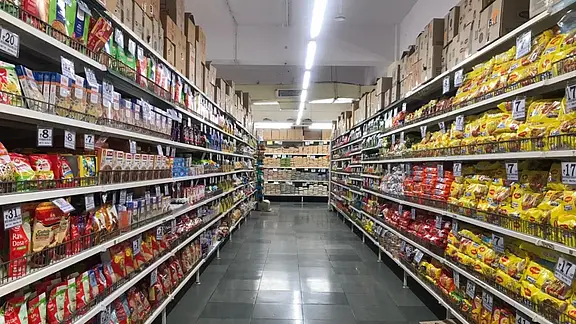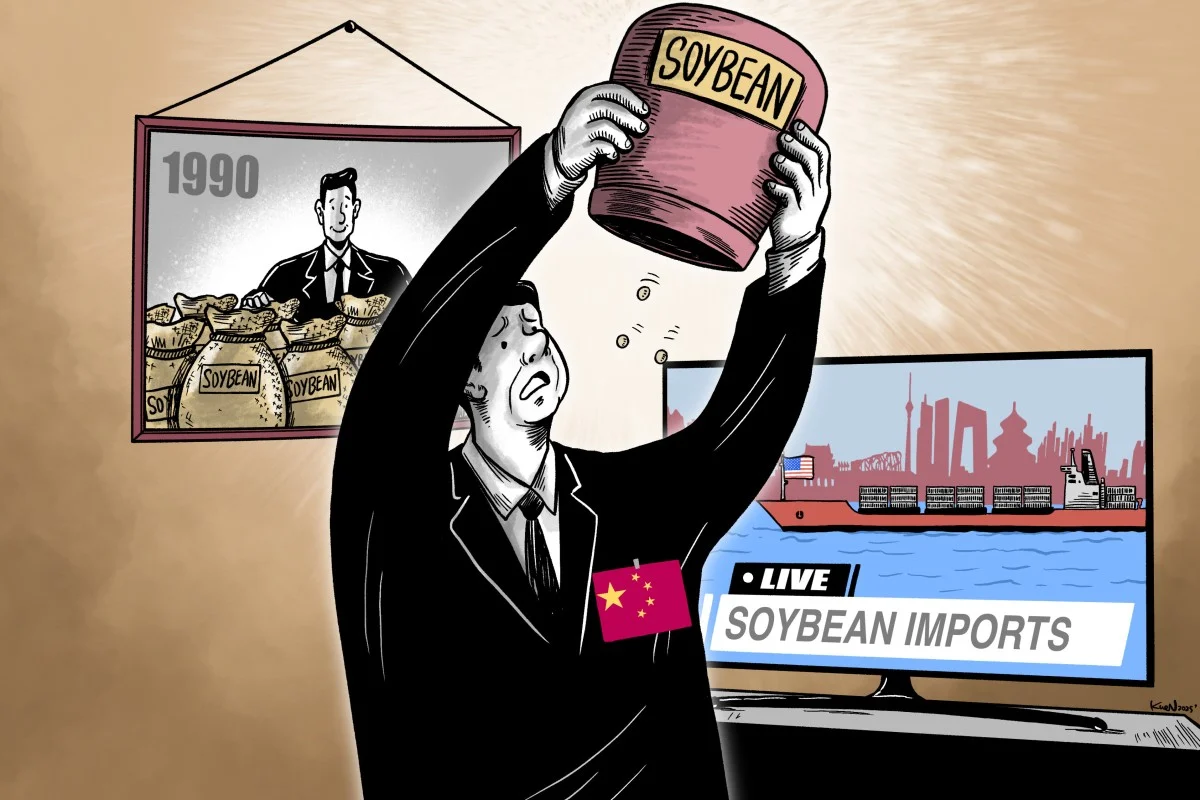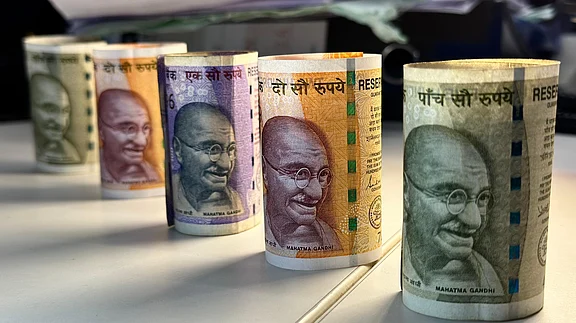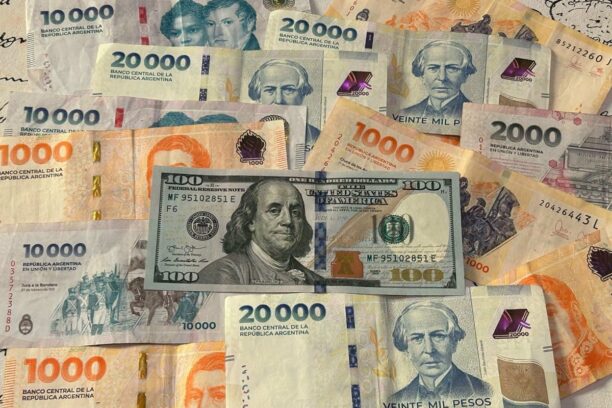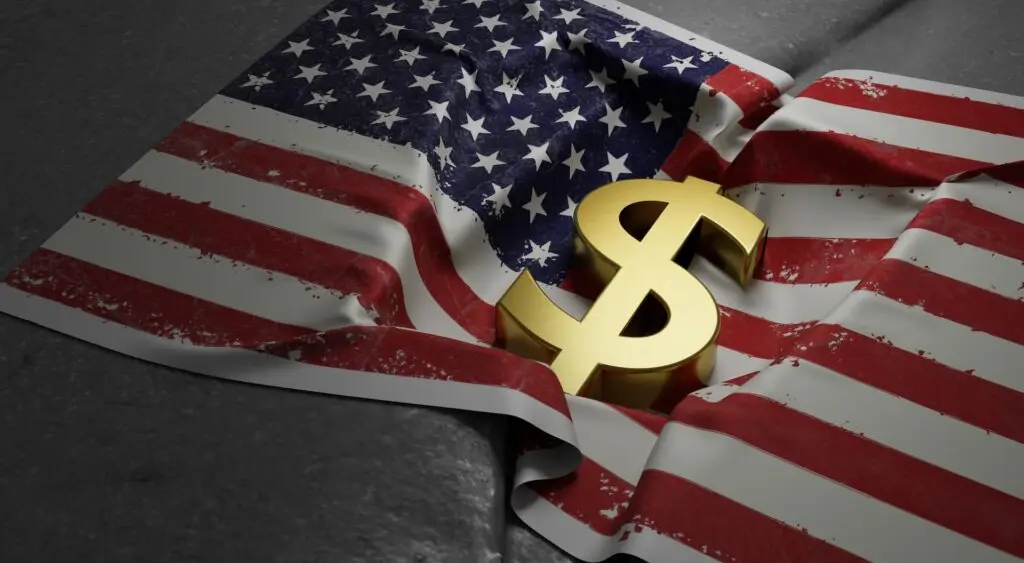Finance Minister Nirmala Sitharaman’s trailblazing Rs 1-lakh-crore stimulus to the middle class in the form of tax breaks may not fully translate into consumption of fast-moving consumer goods.
The volume growth of FMCG companies may be tempered as consumers are likely to prioritise savings and debt reduction over spending on soaps and staples in the face of rising prices, according to executives and experts.
“I think the cause for concern on growth remains, and it’s not that we are completely out of the woods as urban unemployment, tepid real wage growth and post-Covid moderation remain,” said Suresh Narayanan, chairman and managing director of Nestle India. Of the Rs 1-lakh-crore in consumption expenditure announced in the budget, “some might go into savings and paring debt,” he said, hoping that a portion will translate into actual consumption, positively impacting companies by boosting sales of mass products, while the premium segment remains largely unaffected.
Narayanan was also the first FMCG chief to call out India’s shrinking middle class in October last year, which has been dragging volume growth.
All those earning Rs 1 lakh per month, or up to Rs 12.75 lakh per annum (excluding capital gains), are now exempt from paying income taxes under the new regime. Companies, including Marico Ltd., Emami Ltd. and Godrej Consumer Products Ltd — coping with sluggish demand due to an urban slowdown — believe that the tax relief is big on mood, and it will put more disposable money in the hands of people, thereby driving consumption.
However, the net impact on the growth of FMCG companies remains uncertain, with experts indicating that any benefits may primarily favour discretionary goods and not staples. Some, however, argue that there could be long-term benefits rather than an immediate fix.
“Consumer staples may not see a meaningful increase in volumes as low-income households will not see any benefit of the tax cuts and the impact for households in the higher tax slabs will be low, as a percentage of their income,” according to analysts at Kotak Institutional Equities. The tax cuts for middle-income households is unlikely to spur them to consume more staple items, they said.
Urban areas contribute two-thirds of FMCG sales, while rural markets make up the remaining third. Although rural growth has been outpacing urban growth for the past several quarters, it remains a gradual increase. With food inflation on the rise, many rural consumers — who are largely non-taxpayers — are also likely to spend cautiously as they manage their budget.
“A lot of rural households are not taxpayers, and so the consumption growth might not be the same in rural areas going ahead,” said K Ramakrishnan, managing director (South Asia) at Worldpanel Division, Kantar. “With food inflation still lingering at the higher levels, the excess money could help taxpaying shoppers maintain their consumption levels, if not drastically improve it.”
Economists, too, doubt that the consumption stimulus will alter inflation-hit households’ spending habits, encouraging them to add more to their grocery carts. All eyes are on the upcoming monetary policy outcome amid expectations of interest rate cut in a bid to tame inflation.
Additionally, many large established packaged consumer goods brands have lost market share to cheaper regional and direct-to-consumer options, which could make recovery tough without meaningful innovation.
Some even suggest that the targeted youth may choose to spend on experiences with the money they save on taxes rather than staples.
“The income tax cuts may boost discretionary consumption for the youth who are more inclined to spend on experiences, while some of it may be channelised into savings,” said Teresa John, an economist at Nirmal Bang Institutional Equities. She remains skeptical on the ability to boost wage growth at the very bottom of the pyramid and expects the near-term pressure on mass consumption will remain intense.
In recent post-earnings commentaries, heads of most companies rued the prolonged stress in urban consumption and projected the trend to reverse only in the second half of the fiscal 2026. From Hindustan Unilever Ltd. to Dabur India Ltd., consumer goods makers have also indicated price hikes of 2-5% to offset the pressure of commodity inflation on their margins.
“Price increases will happen in toothpaste, and in juices, but we will have to take very calibrated price increases observing the competitive intensity in the market so that we become uncompetitive in the market,” Dabur CEO Mohit Malhotra said, indicating price hikes of 5% across its portfolio.
Analysts say this could further play a spoilsport, delaying growth revival.
“Any further increase in price-hikes is very likely going to slow down the growth and delay the recovery,” Kantar’s Ramakrishnan said. “Given that the input costs have increased significantly, this seems inevitable.”
“We see part of the tax benefit flowing into consumption,” said Nitin Gupta, research analyst — FMCG, Emkay Global Financial Services Ltd, adding that a material uptick in sales will largely depend on cooling of inflation. “Stress such as downtrading for companies will reduce, and price hikes will flow through, but volume growth will only see a gradual recovery ahead.”
. Read more on Business by NDTV Profit.A part of the excess disposable income from personal tax cuts is expected to go towards savings, paring debt, according to industry experts. Read MoreBusiness, Budget, Economy & Finance, Notifications
NDTV Profit
